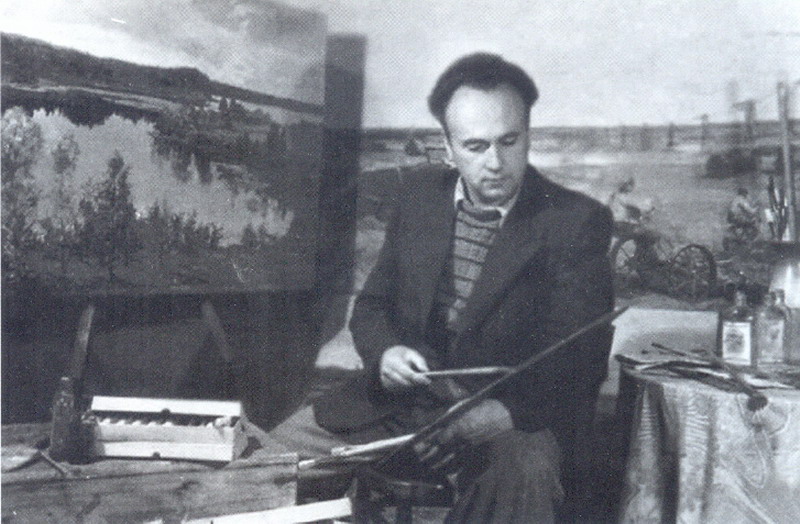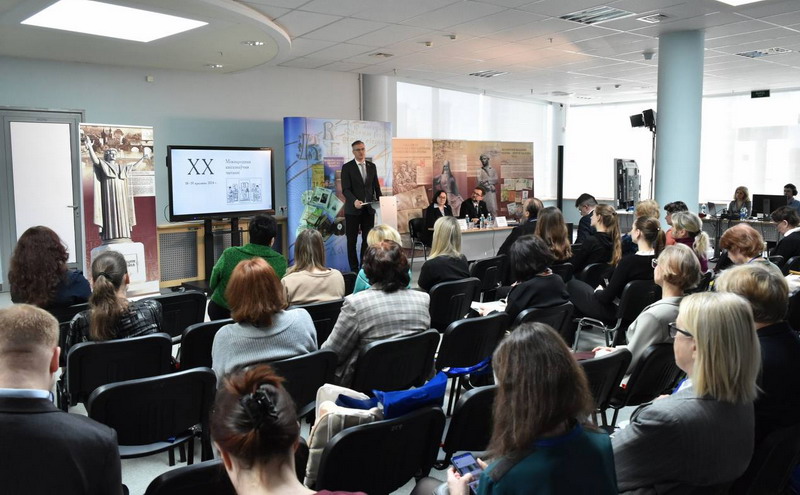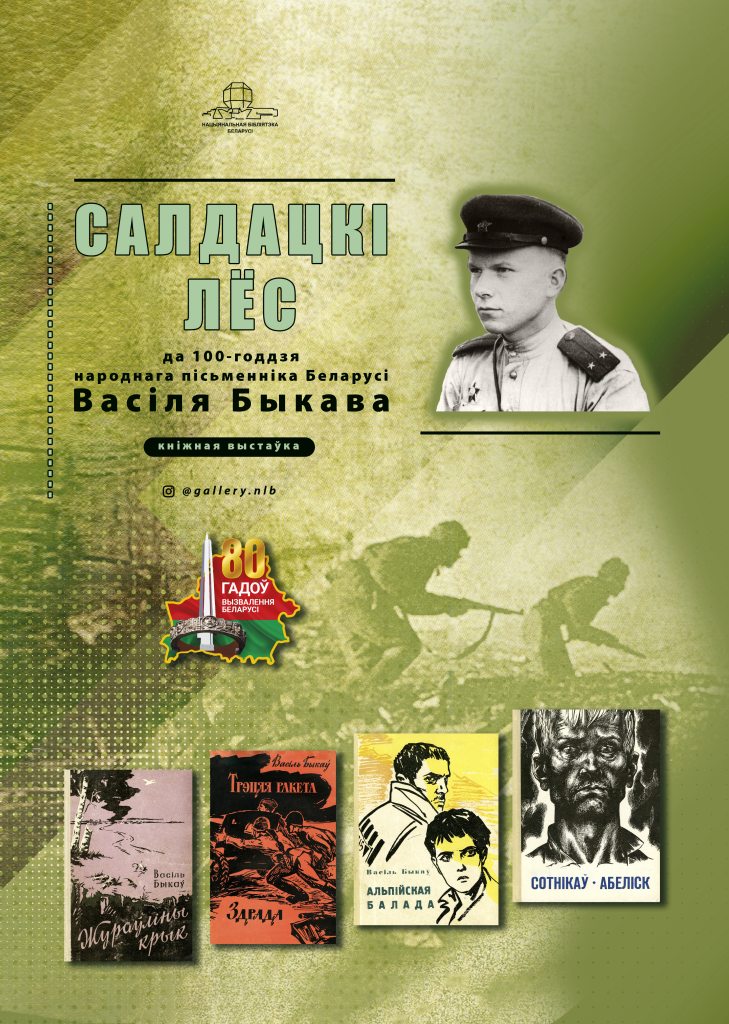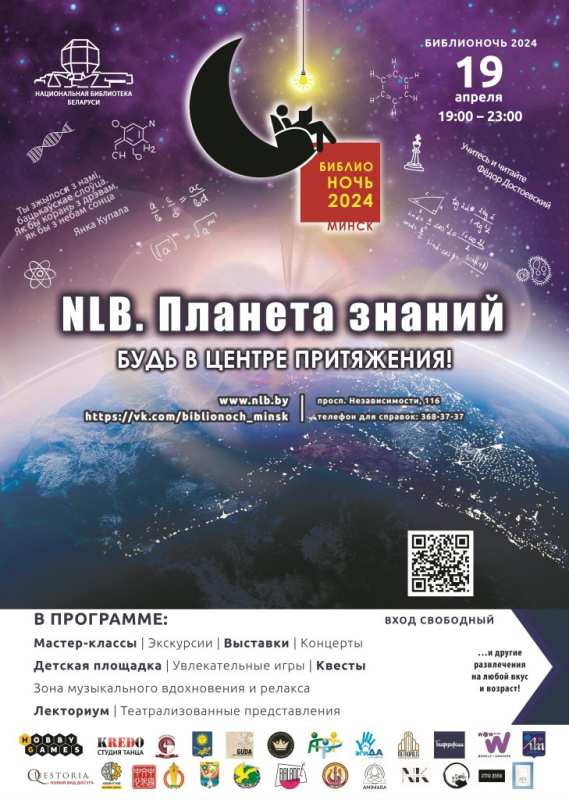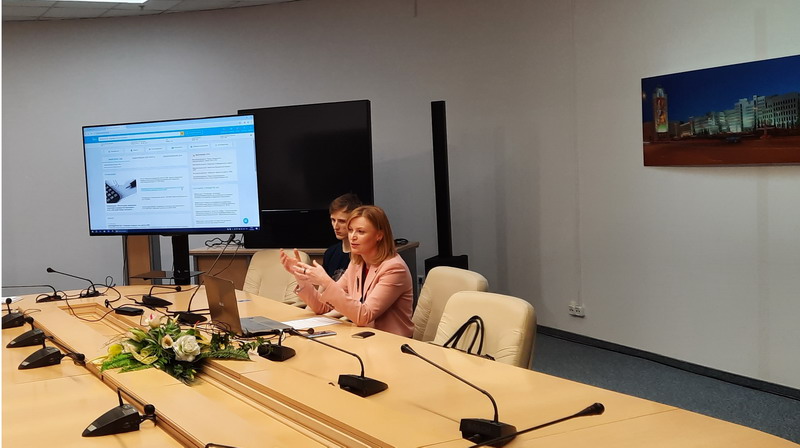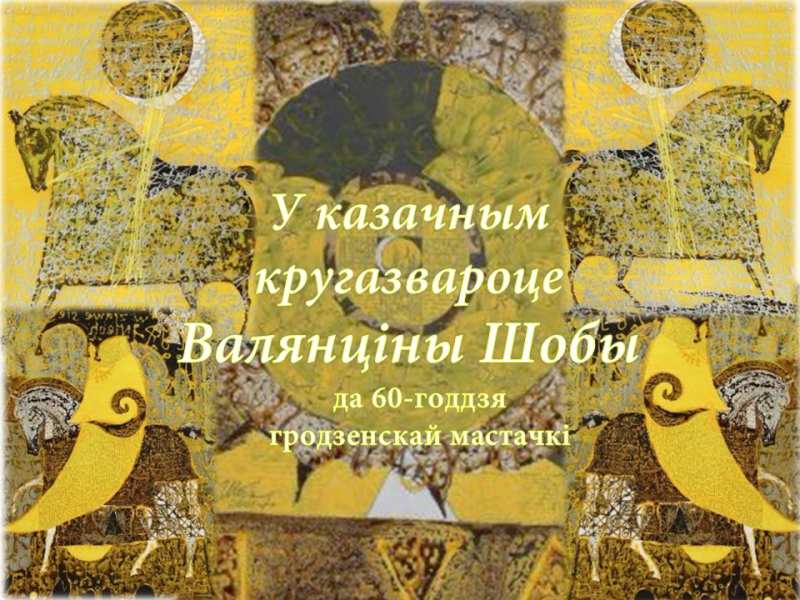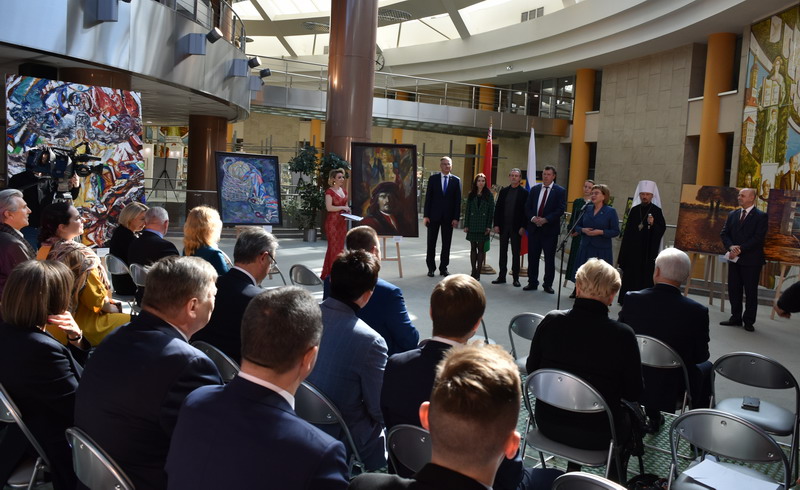February 14 marks the 110th anniversary of the birth of Vitaly Tsvirkо (1913–1993), a national artist whose works are a valuable asset of European landscape painting.
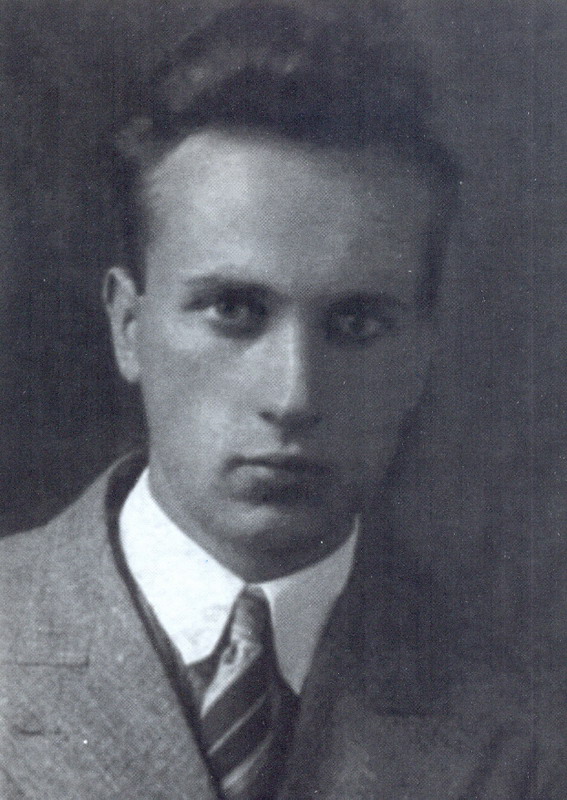 Vitaly Tsvirko was born in the village of Radeevo, Buda-Koshelevsky district, Gomel region, to a family of teachers. Rural landscapes, family drawing classes organized by his father, numerous reproductions of famous paintings, a rich home library had a significant impact on the formation of aesthetic views of the future creator, aroused an inexhaustible interest in the beauty of Belarusian nature, and the desire to become an artist.
Vitaly Tsvirko was born in the village of Radeevo, Buda-Koshelevsky district, Gomel region, to a family of teachers. Rural landscapes, family drawing classes organized by his father, numerous reproductions of famous paintings, a rich home library had a significant impact on the formation of aesthetic views of the future creator, aroused an inexhaustible interest in the beauty of Belarusian nature, and the desire to become an artist.
After the family moved to Minsk, Vitaly studied drawing from M. Staniuta and A. Tychina. It is interesting that one of his first teachers in art, he considered a young neighbor "uncle Kondrat" (K. Atrakhovich), the future famous poet Kondrat Krapiva. V. Tsvirko recalled: "Kondrat Kondratovich significantly deepened my knowledge of drawing. Few people know that he had a talent as an artist".
After finishing school, the young man continued his education at the painting department of the Vitebsk Art College (1929–1932), where this natural artistic talent was improved under the guidance of famous Belarusian artists I. Akhremchik, L. Leitman, Yu. Khrustalev, V. Rutsai and others. After returning to Minsk, V. Tsvirko taught drawing and painting at the pedagogical school and the 25th general education school. At the same time, he was actively engaged in creative work, participated in art exhibitions, where he drew attention to the intensity and freshness of the color scheme of his paintings.
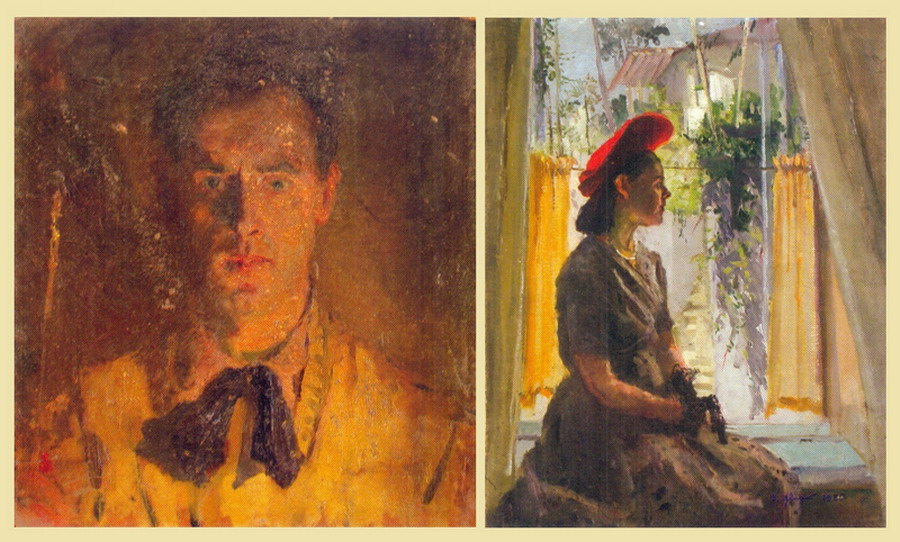
Self-portrait Portrait of the wife
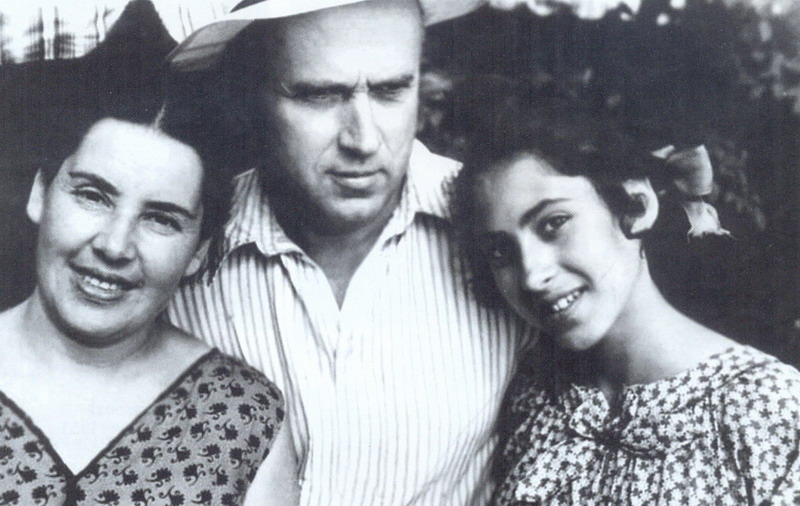
Together with the wife and daughter
The desire to deepen his artistic education led V. Tsvirko in 1935 to the Moscow State Academic Art Institute named after V.I. Surikov, where he was lucky enough to study with the famous Russian landscape painters S. Gerasimov, G. Razhsky, B. Ioganson, I. Grabar and others. During the Great Patriotic War, the institute was evacuated to Samarkand. Despite the difficulties of wartime, students continued to study under the guidance of their teachers. In Samarkand, Vitaly successfully defended his subject-related thesis (1942), wrote a series of sketches that convey the originality and uniqueness of the Uzbek landscape: "Samarkand", "On a donkey", "Uzbek motif", "Morning in kishlak", "Uzbek courtyard" and etc.
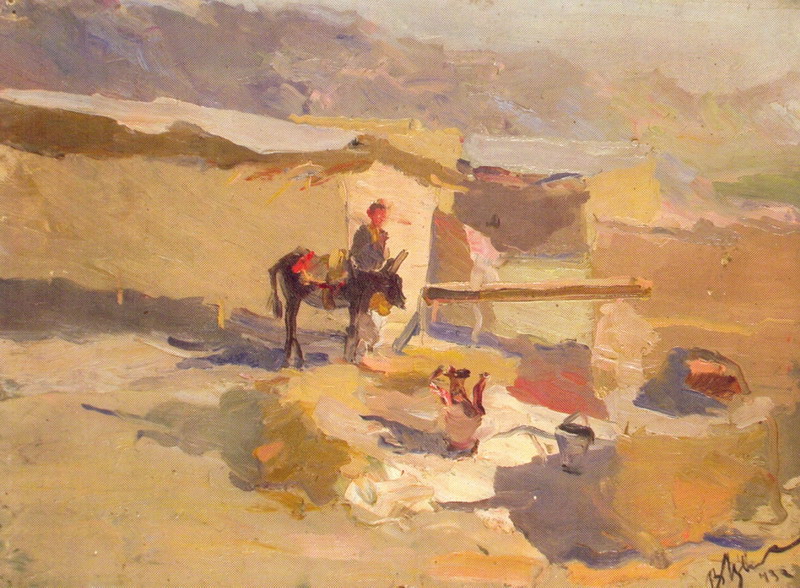
Photo "Uzbek Courtyard"
In 1944, a young graduate of the Art Institute was accepted as a member of the Union of Artists of the USSR for outstanding creative achievements.
In the same year, V. Tsvirko returned to Minsk, where he commissioned the Belarusian State Museum of the History of the Great Patriotic War to create a series of landscapes related to military events, as well as portraits of partisan heroes.
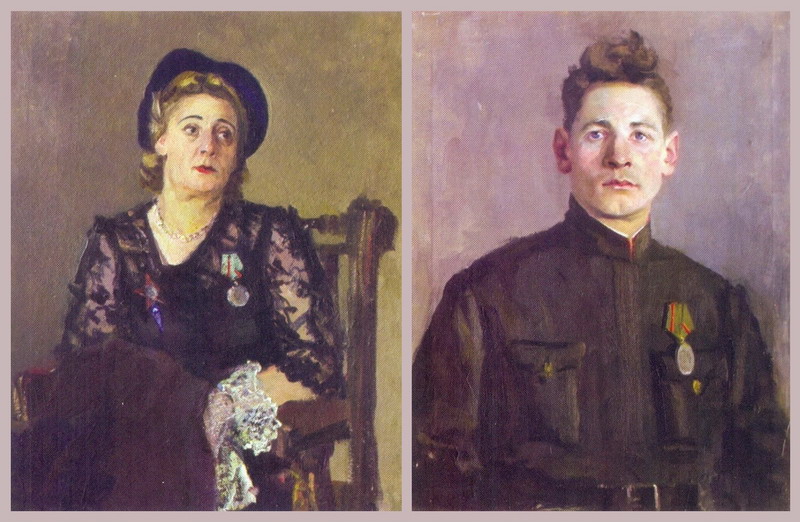
N.L. Pravilshchikova N.P. Skoromnik
This work was a testament to the maturity of his skills and the versatility of his talent. The artist was equally subject to a variety of genres-landscape, still life, thematic painting, portrait, as well as various techniques – oil painting, tempera, watercolor. In the first post-war decades, V. Tsvirko painted a number of historical and everyday thematic paintings "The Invincible", "The uprising of fishermen on Lake Naroch", "The Rural teacher", "New life is born"; landscapes "March", "March. The cold day", "Near the mill", "The flood in Minsk", "The West", "The Surroundings of Minsk", "An Evening motif".
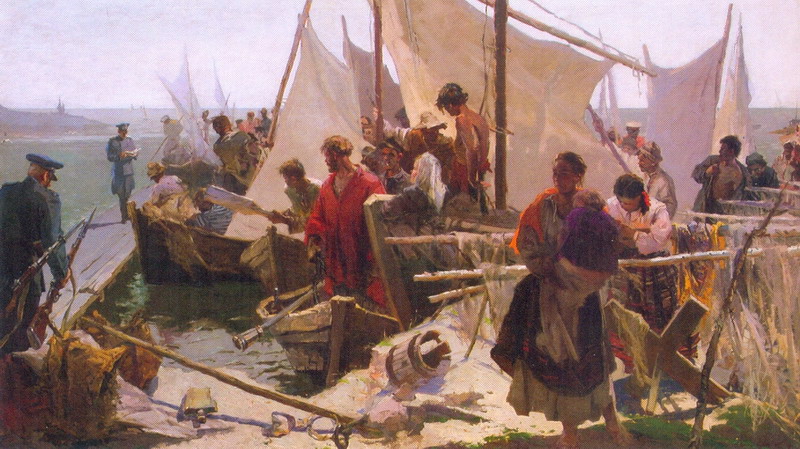
"The uprising of fishermen on Lake Naroch"
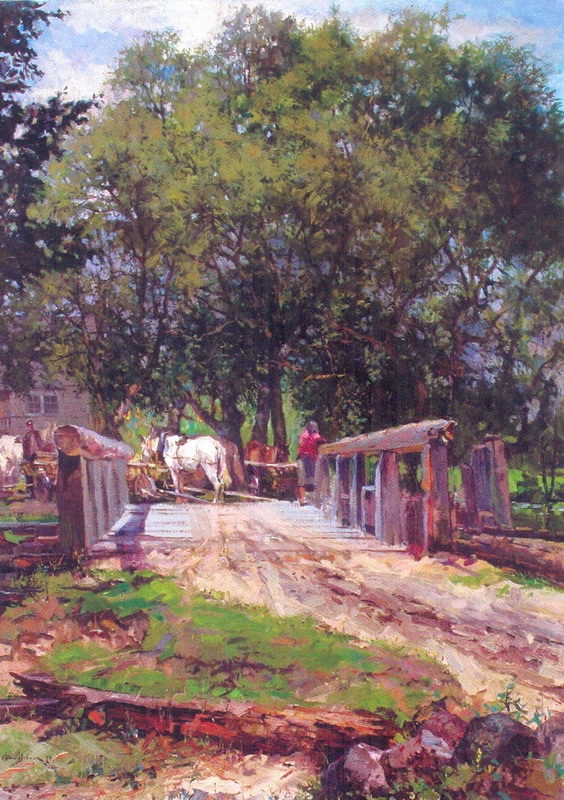
"Near the mill”
Landscape remained the genre in which the best aspects of V. Tsvirko's talent were most fully revealed, and the theme of Belarusian nature gradually began to prevail in his work. The artist was attracted by both pure, untouched nature and signs of modernity, changing the usual pristine landscape. Many unique and at the same time easily recognizable corners of the native land are captured by the master: a birch grove, endless fertile fields, forest clearings, villages in thawed snow, hot summers... His landscape paintings made up a kind of picturesque epic of the Belarusian land. "The Logoisk Legend", "Lepel Suite", "The Native land", "My Land", "On the Svir Lake", "The Pripiat", "The Morning on the Dvina" – in these works the artist sought to identify typical signs of nature, to embody the beauty of the expanses of his native land in a bright picturesque form, to preserve its romantic image.
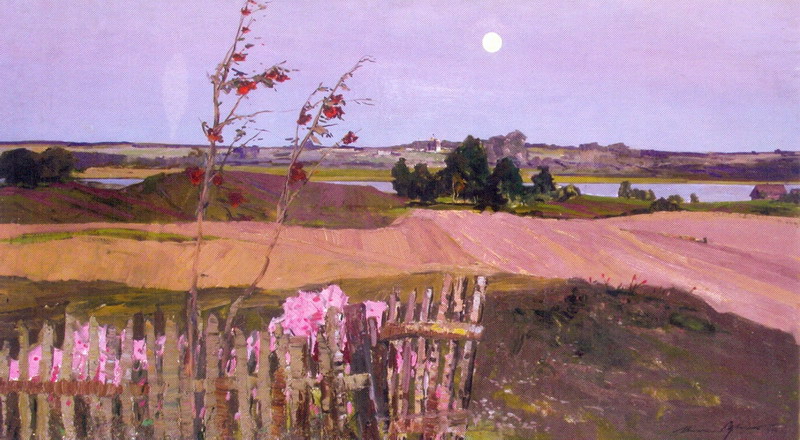
“On the Svir Lake"
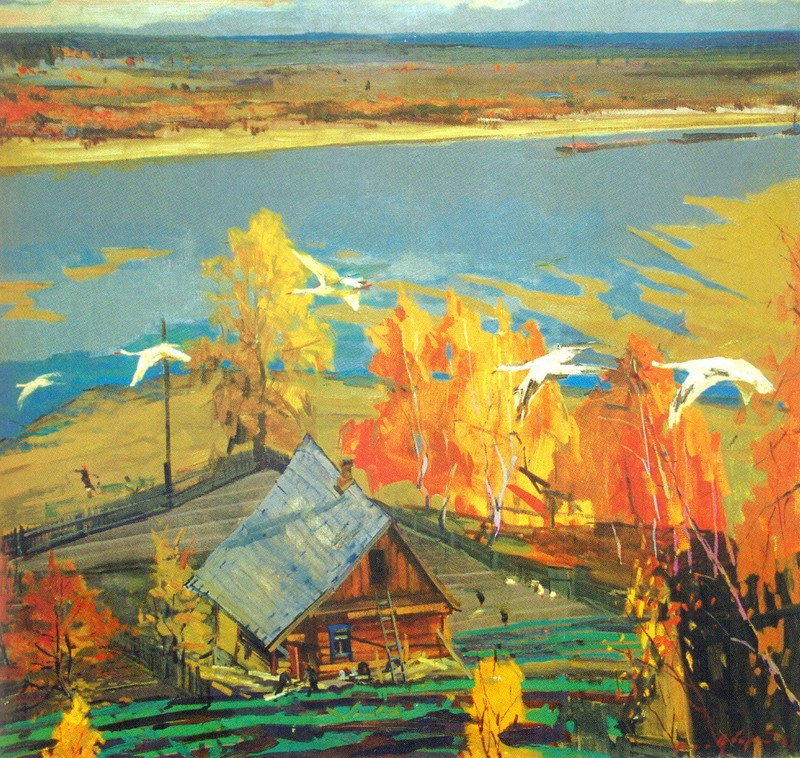
“The Pripiat"
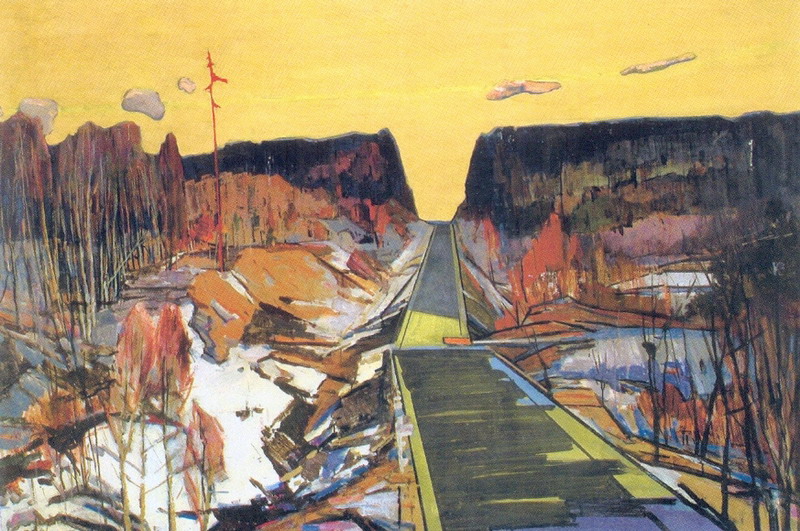
"The Native land"
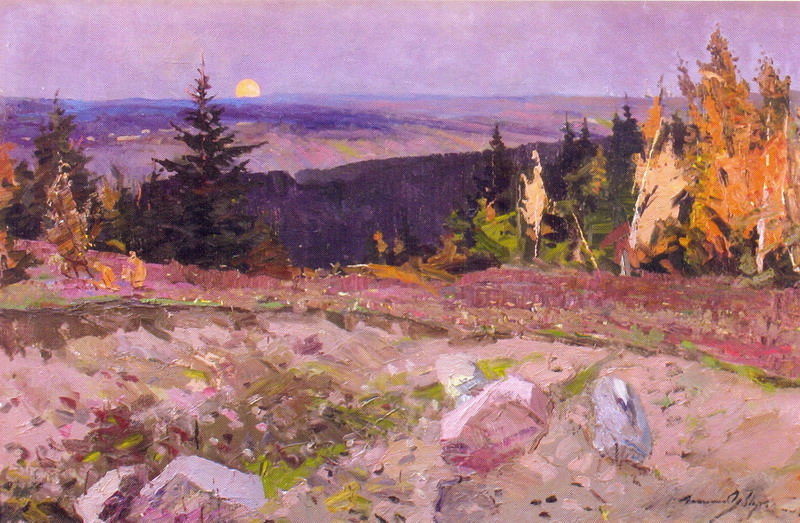
“The Logoisk Legend”
V. Tsvirko's pictorial style was confidently formed as a style of free, broad generalization, revealing the main thing, picturesque, emotionally ambiguous. He reached the peak of this in the works of 1967–1970, dedicated to Neman river area: "Kolozha. The Church of the 12th century in Grodno", "On Nioman", "Gancha is a partisan land", "On the red mountain", "Spring. The rooks have arrived". In this cycle, the artist created a special author's style, which is considered an innovative approach to landscape painting of the last quarter of the twentieth century. It includes an excellent formal composition built on color contrasts, an extremely broad style of writing that avoids everything secondary and insignificant. The works sounded like real epic poems translated into the language of modern Belarusian painting.
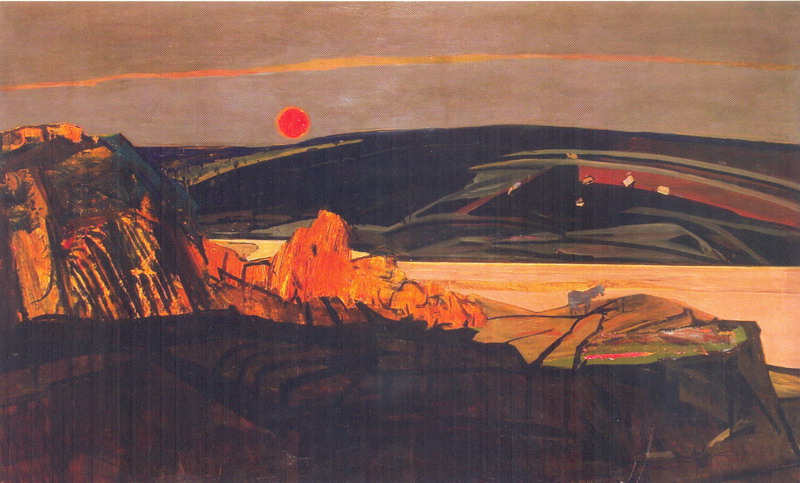
"Gancha is a partisan land”
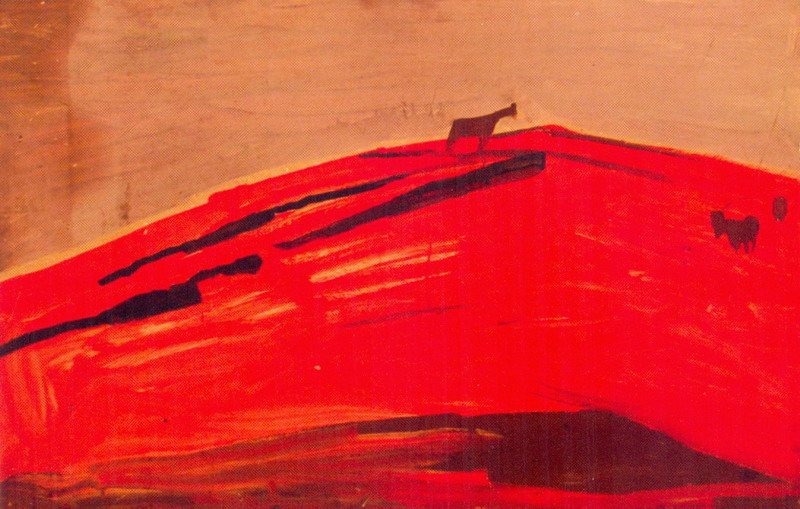
"On the red mountain"
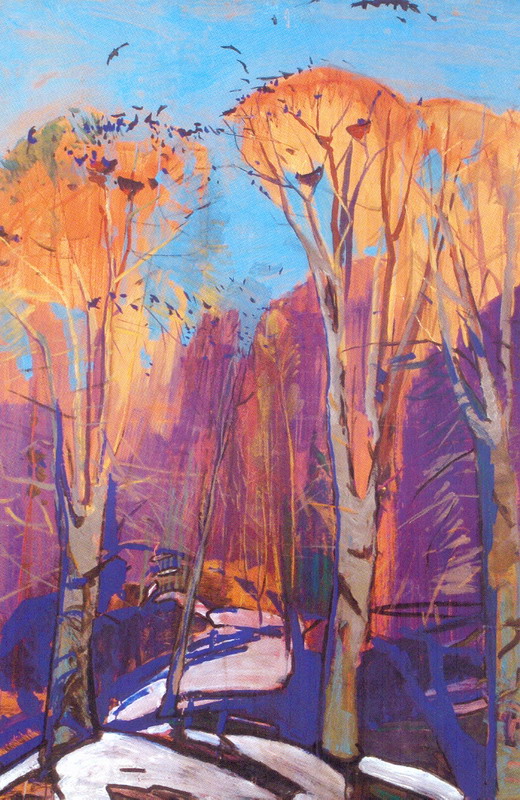
"Spring. The rooks have arrived”
In the life of Vitaly Tsvirko, extraordinary talent, success and official recognition were combined. He was secretary and later chairman of the Board of the Union of Artists of the BSSR, rector of the Belarusian State Theater and Art Institute (now the Belarusian State Academy of Arts), held the title of People's Artist of the BSSR, winner of the State Prize of the BSSR for the series of landscapes "On the Belarusian Land", was awarded the Order of the Red Banner of Labor, the Order of Friendship of Peoples, the gold medal of the VDNKh of the USSR, honorary certificates of the Supreme Soviet of the BSSR, the Francysk Skaryna medal.
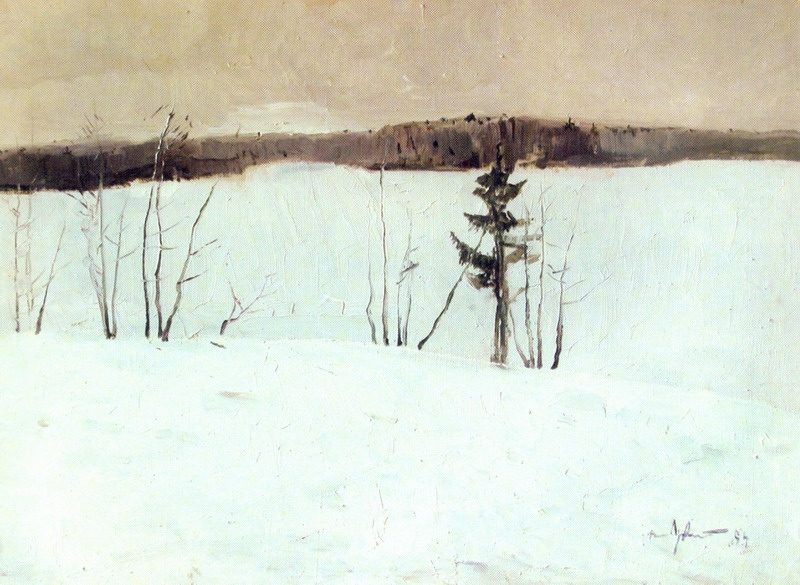
"The winter"
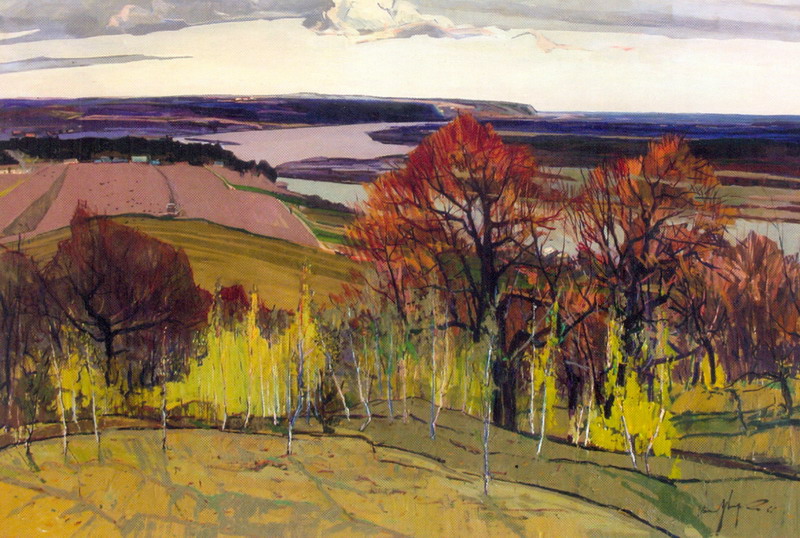
"The Pripiat. Spring”
The artist's legacy – landscapes, still lifes, thematic paintings, portraits are all known far beyond the borders of Belarus. According to the Belarusian art critic B. Krepak, "Vitaly Tsvirko... has created a special, unique national image of the Belarusian land, which has no analogues in the history of our painting, and strengthened the idea that reading the world around us is as boundless as human feelings and love for the Motherland are boundless".
Information about the artist's life and work can be found in the online encyclopedia "Belarus in Persons and Events", bibliographic information about the master's works and publications about him – in the electronic catalog of the National Library of Belarus.
In slide section:
- Belarusian landscape
- April. The kolkhoz spring
- Still life with a mirror
The article is provided by the Bibliography Research Department.

